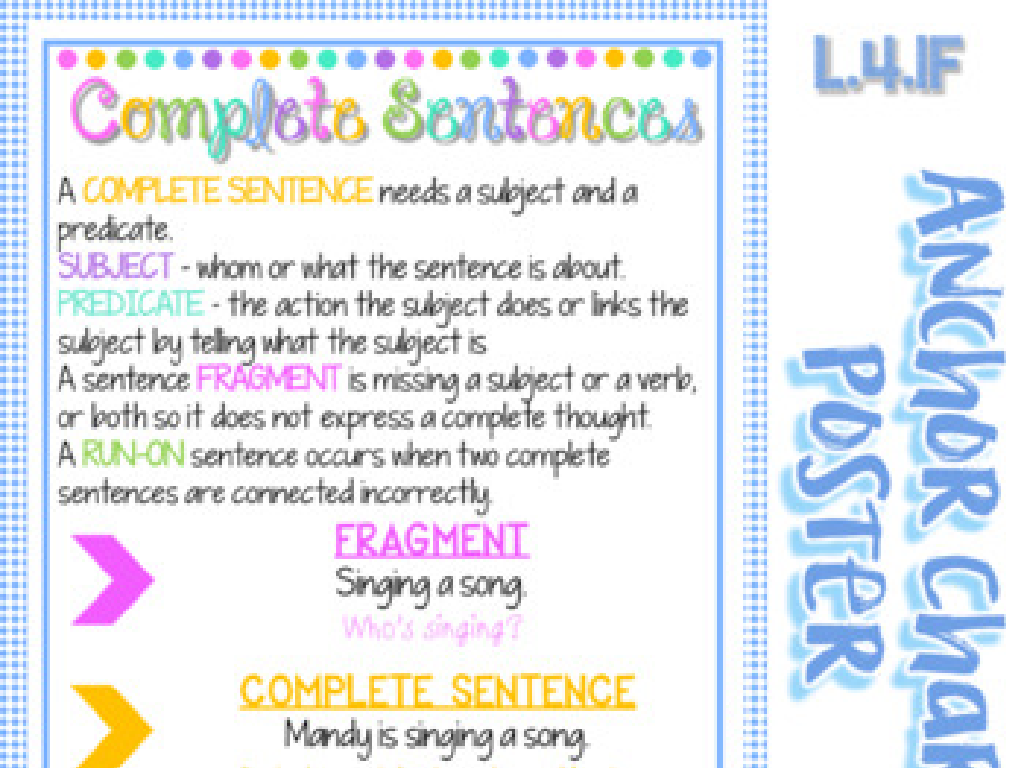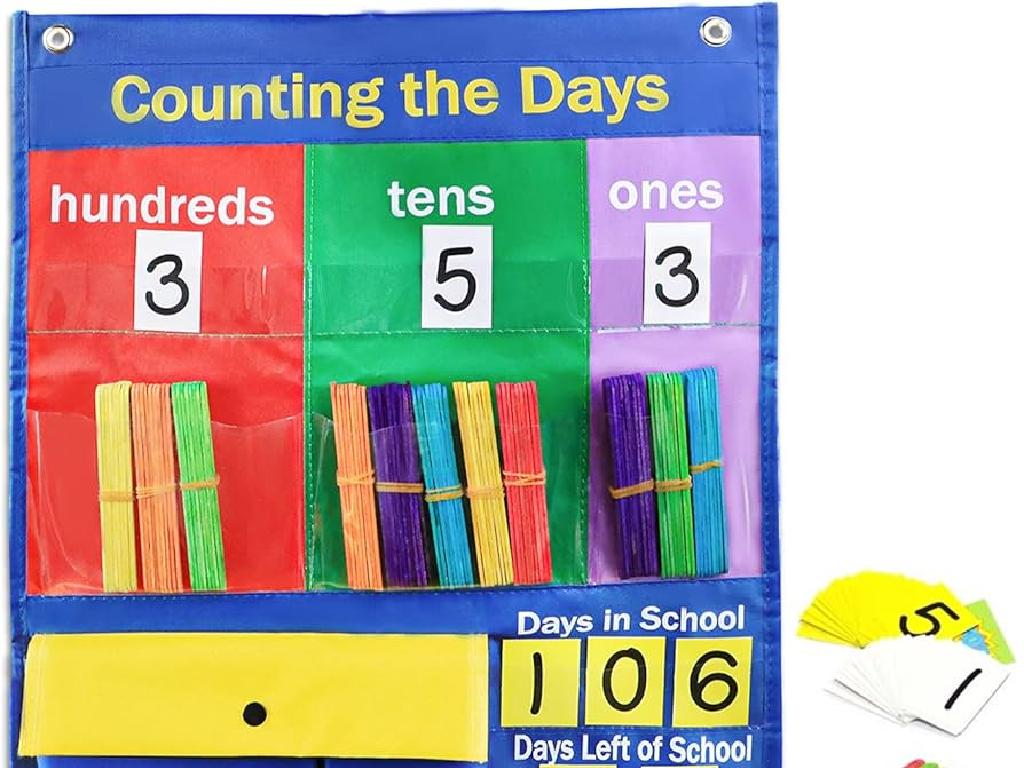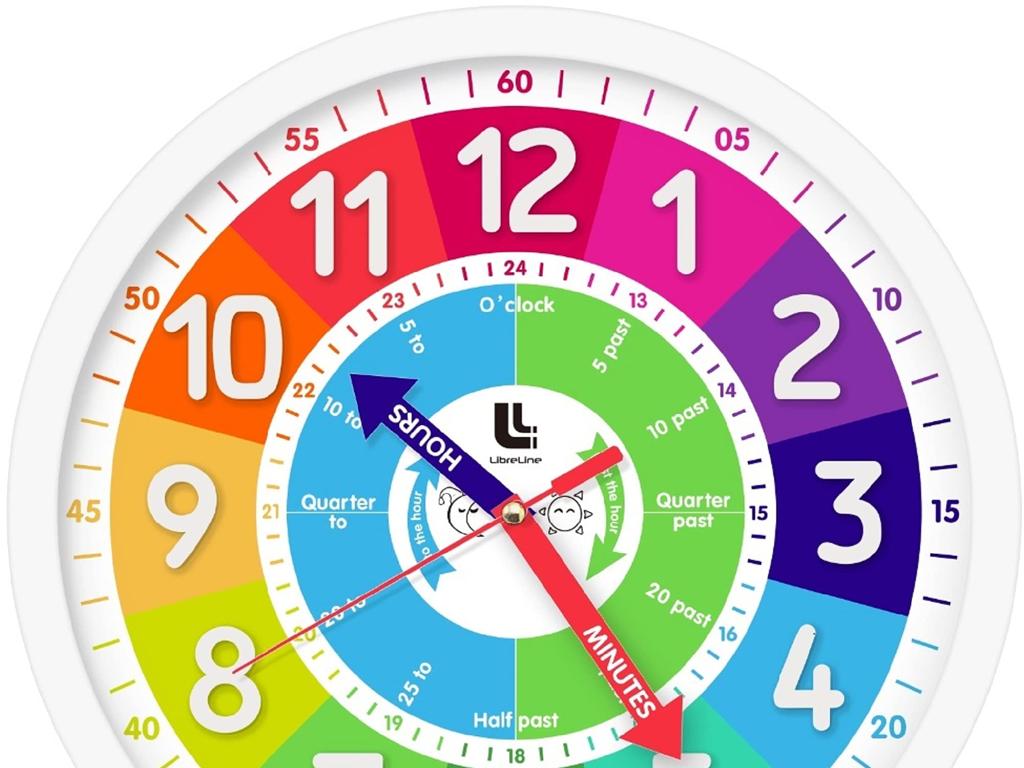Add Two Numbers Up To Five Digits
Subject: Math
Grade: Third grade
Topic: Addition: Four Or Five Digits
Please LOG IN to download the presentation. Access is available to registered users only.
View More Content
Today’s Adventure: Adding Big Numbers!
– What is addition?
– Addition means putting numbers together to find the total.
– Adding numbers up to five digits
– We stack numbers vertically and add each column, starting from the right.
– Importance of addition in daily life
– Use addition when shopping, cooking, or even planning a trip.
– Practice makes perfect
|
Begin the lesson by explaining the concept of addition as combining two or more numbers to find the total. Emphasize that addition is a fundamental skill in math that students will use in many aspects of their daily lives, such as adding up prices while shopping or measuring ingredients when cooking. Show how to add large numbers by lining them up correctly and adding one column at a time, carrying over numbers when necessary. Encourage students to practice with different five-digit numbers to build their confidence and proficiency. Provide examples and plan for interactive activities where students can apply their addition skills in real-life scenarios.
Adding Small Numbers Review
– Review: Adding within 100
– Let’s recall how to add numbers like 45 + 27.
– Warm-up with practice problems
– We’ll solve a few examples as a class.
– Line up numbers by place value
– Place ones under ones and tens under tens before adding.
|
This slide is aimed at refreshing the students’ memory on addition before moving on to larger numbers. Start by reviewing how to add numbers within 100, ensuring that students are comfortable with this foundational skill. Engage the class with a few practice problems, solving them together to promote participation. Emphasize the importance of lining up numbers by their place value, as this is a crucial step in preparing for the addition of larger numbers. This warm-up serves as a confidence builder and sets the stage for learning to add numbers up to five digits.
Understanding Place Value
– What is Place Value?
– Place value is the value of where a digit is in the number.
– Position determines digit value
– A digit has more value the further left it is. For example, in 54321, the ‘5’ is in the ten thousands place.
– Practice identifying place values
– Look at numbers and say what each digit is worth.
– Place value in addition
– Understanding place value helps us add large numbers accurately.
|
This slide introduces the concept of place value, which is fundamental to understanding addition with larger numbers. Start by explaining that the value of a digit is determined by its position within a number. Use examples to show how the same digit can have different values depending on where it is located. For instance, the ‘3’ in 300 is worth 300, but in 30, it is worth 30. Have students practice by identifying the place value of digits in various large numbers. Emphasize that a strong grasp of place value is crucial when adding numbers, as it ensures that digits are correctly aligned by their value. For the activity, provide several multi-digit numbers and ask students to label the place value of each digit. This will prepare them for the next step: adding numbers with up to five digits.
Adding Large Numbers Step by Step
– Line up numbers by place value
– Make sure digits are in columns: ones, tens, hundreds…
– Start adding from the ones place
– Always begin adding from the right side
– Carry over if sum is more than 9
– If a column adds up to 10 or more, carry over to the next column
– Practice with examples
– Try adding 12345 + 67890 as practice
|
This slide introduces the concept of adding large numbers, focusing on the importance of place value alignment and the process of carrying over. Emphasize to students the need to write numbers neatly in columns to avoid confusion. Demonstrate the process step by step with an example on the board, and then let students practice with similar problems. Encourage them to check their work by adding the numbers in a different order to see if they get the same result. Provide additional practice problems for homework to reinforce the concept.
Adding Two Five-Digit Numbers
– Start with the rightmost digits
– Add each column of digits
– Stack numbers & add one column at a time
– Carry over if sum exceeds 9
– E.g., 8+7=15, write 5, carry over 1
– Write down the final sum
– 24368 + 15927 equals 40295
|
This slide is designed to teach third-grade students the concept of adding two five-digit numbers. Begin by explaining the importance of alignment by placing one number above the other, ensuring that the ones, tens, hundreds, thousands, and ten-thousands places are lined up. Demonstrate the addition process on the board, starting from the rightmost digit and moving left, carrying over as necessary. Emphasize the carry-over process, as this is a new skill at this level. After explaining, work through the example problem on the board step by step, asking students to participate by solving each column. The final sum of the example should be written clearly, showing the result of the addition.
Practice Time: Adding Big Numbers!
– Try solving addition problems
– Work together with a classmate
– Discuss how you found the solution
– Did you stack the numbers and add each column?
– Share your answers with everyone
|
This slide is designed to encourage active participation and collaboration among students. They will practice adding two numbers up to five digits, which reinforces the concept of place value and carrying over. Students should be paired up to foster teamwork and problem-solving skills. As they work through the problems, encourage them to discuss their methods and reasoning. After solving the problems, each pair will have the opportunity to present their answers and explain how they arrived at them. This sharing process will help students learn from each other and clarify any misunderstandings. For the teacher: Prepare a set of addition problems of varying difficulty. Monitor the pairs for understanding and provide guidance as needed. Encourage students to use graph paper to keep their numbers aligned.
Common Mistakes in Addition
– Remember to carry over
– When a sum exceeds 9, remember to add the extra to the next place value.
– Keep place values in order
– Ones with ones, tens with tens, and so on.
– Align numbers correctly
– Stack numbers with their place values lined up before adding.
|
This slide addresses frequent errors students make when adding large numbers. Emphasize the importance of carrying over, which is when the sum of a column is more than 9 and the extra amount must be added to the next column. Stress the need to keep place values straight, as mixing them up can lead to incorrect sums. Demonstrate proper alignment of numbers, ensuring each digit is in the correct column. Use examples to show correct and incorrect methods, and provide practice problems that specifically target these common mistakes. Encourage students to double-check their work for these errors.
Class Activity: Addition Relay Race
– Teams solve addition problems
– One problem per team member
– Pass to the next after solving
– First team to finish wins!
|
This activity is designed to encourage teamwork and practice addition skills. Divide the class into small teams, each with an equal number of students. Provide each team with a set of addition problems involving numbers up to five digits. Each student is responsible for solving one problem before passing the worksheet to the next team member. Monitor the teams to ensure that they are working together and that each member is participating. The first team to correctly complete all their problems wins the relay race. Possible variations of the activity could include a puzzle that each correct answer helps to solve, a treasure map where each problem leads closer to the ‘treasure’, or a story that gets constructed with each solved problem, adding an element of fun to the learning process.
Conclusion and Homework: Keep Practicing!
– Excellent work with large numbers!
– Practice with your worksheet
– Complete the addition worksheet at home
– Bring any questions next class
– We’ll go over your questions in the next class
– Keep practicing for perfection
|
Today’s class focused on adding large numbers, a crucial skill in mathematics. The students are encouraged to continue practicing at home using the provided worksheet to reinforce their understanding. Remind them that practice is key to mastering addition. The worksheet should include a variety of problems, some of which are straightforward and others that are more challenging to ensure a comprehensive understanding. In the next class, allocate time to address any difficulties the students encountered while completing their homework. This will help clarify any misconceptions and provide additional support where needed.






